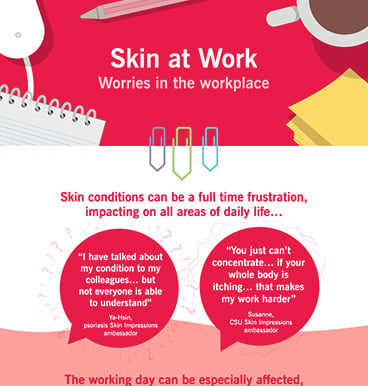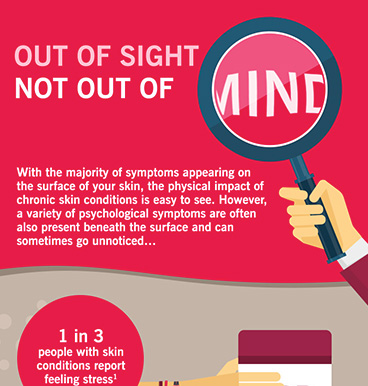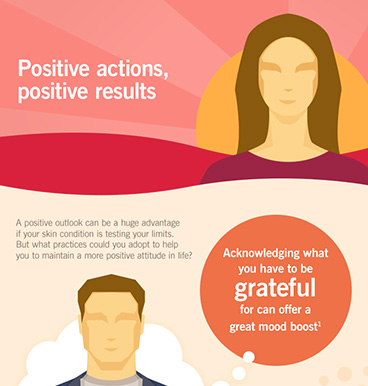Do you have friends or family members that suffer from hay fever? Perhaps someone you know is allergic to cats or dogs. We are all familiar with these fairly common allergic conditions, but when is something that looks like an allergy not actually an allergy?
Did you also think your chronic spontaneous urticaria (CSU) was an allergy at first? Your doctor may have even thought so as well. Despite the similarities, in general CSU is not an allergy.1
So if it is not an allergy, what is it?
Sometimes, harmless substances, like pollen or dust, come into contact with our body and the immune system overreacts. This is called an allergic reaction or allergy.2 Normally, coming into contact with things like pollen isn't a problem, but if you have ever suffered from hay fever you will know just how annoying and irritating a problem it can be. It happens because your immune system mistakes the pollen for a real threat and starts an immediate or sometimes even a delayed response.2
The main cause of an allergy is activation of the mast cells, a type of cell that lives in your skin. Mast cells are a part of your immune system that release chemicals when it senses a "threat".2 It's no surprise that you might have mistaken CSU for an allergy, because when mast cells release their chemicals it results in the formation of itchy hives - just like with CSU.2
You may be thinking, if chronic spontaneous urticaria looks like an allergy and feels like an allergy, why isn't it one? Although the process can be very similar, with mast cells often to blame for both CSU and allergies, CSU usually lacks an external trigger.3 For someone with hay fever, we can be pretty sure that pollen is the trigger, but with CSU there is often no such obvious cause. People with an autoimmune type of CSU - where your body reacts to its own cells - have some idea as to the cause of their CSU, but many people have to live with not knowing at all why they have flares.3,4
Trigger or no trigger, does it really matter?
It does if you have CSU. If you are allergic to pet hair, you can avoid cats and dogs and even if you have hay fever, you can predict the problem and take preventive measures. But what if there are no warnings and nothing to avoid? This can make it more challenging to effectively reduce the symptoms and may also mean that the symptoms last longer. Some patients find themselves frequently worrying about the next flare, making it difficult to live their life how they would like to.
Many people struggle with the unpredictable nature of chronic spontaneous urticaria, impacting their social lives and relationships.5 Has CSU affected how you live your life?
If you have recently been diagnosed with CSU, or can't find a cause for your recurring allergic symptoms it is probably a good idea to speak to your doctor. You might not find a trigger, but you can be further diagnosed, get some good advice, benefit from available treatments to manage the symptoms and help you get on with your life.
If you suspect you have CSU, we recommend you check out the section on Skin to live in and speak to your doctor about your symptoms.









Join one of our communities
and connect with other people with severe skin conditions
Psoriasis facebook community